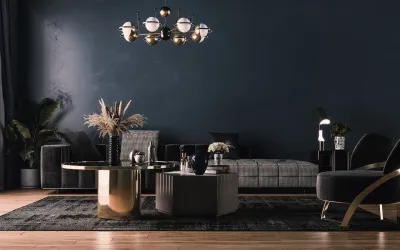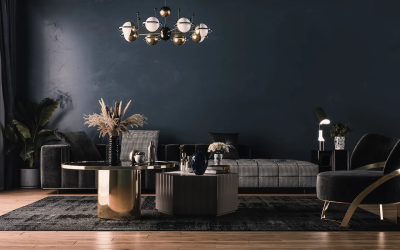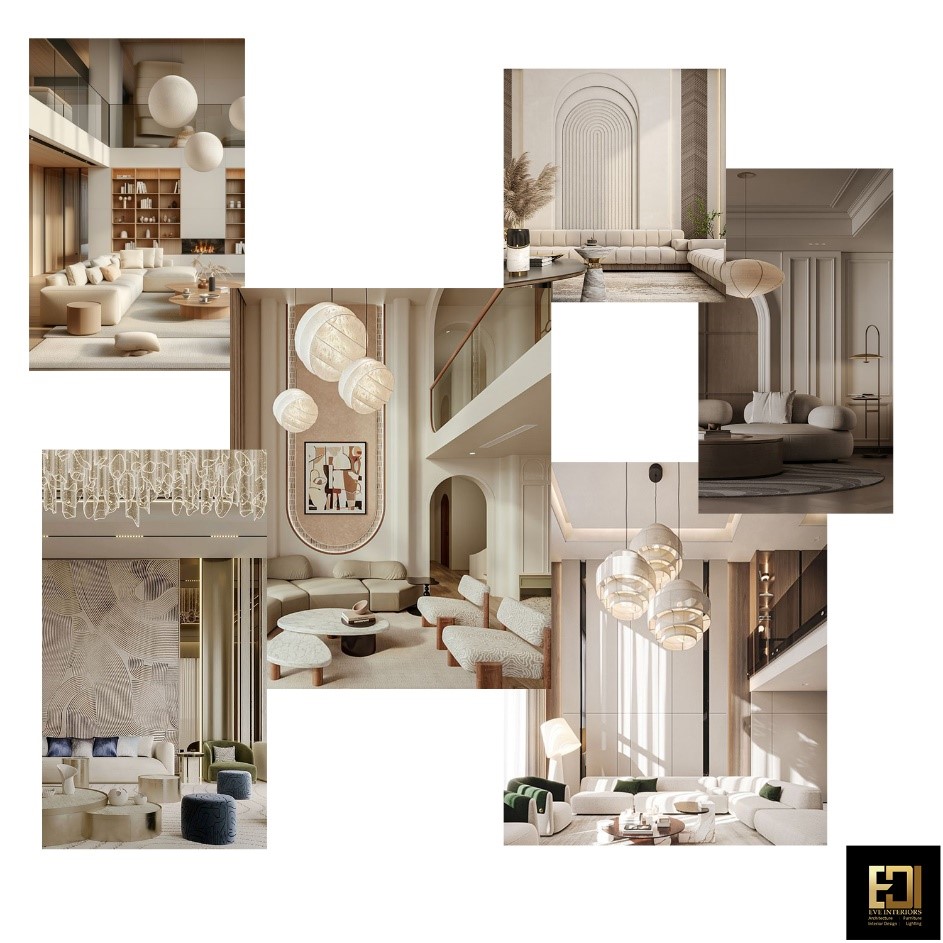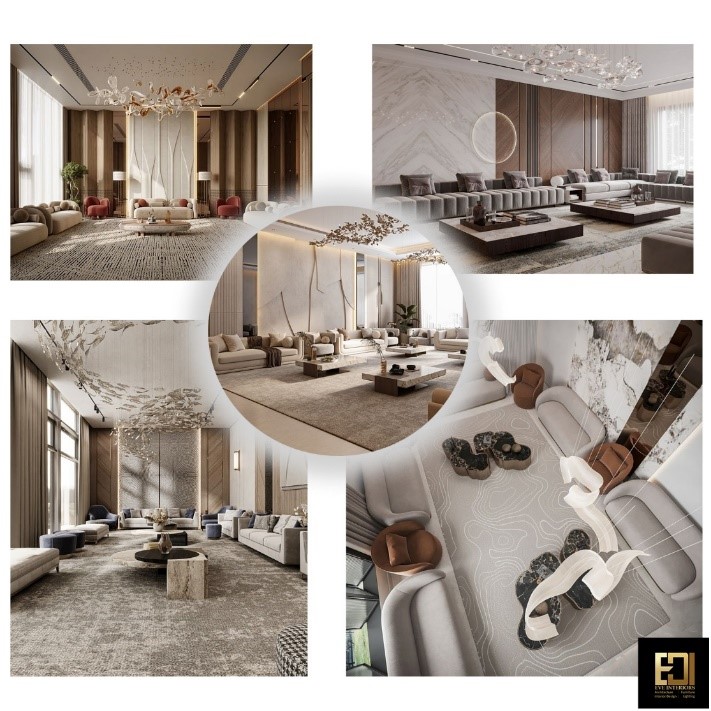The Art of Designing Dreams
In a city like Dubai, where luxury is a way of life, interior design transcends mere decoration—it becomes the heart and soul of a space. The story begins the moment a new project is envisioned. For EDI (Eve Designs & Interiors), every design brief represents a new adventure, a new opportunity to turn a client’s dream into reality. From sleek modern apartments to grand palaces and high-end corporate offices, the designs are never one-size- fits-all. Each project begins with a fresh perspective—one that sees the space not as it is, but as what it could be.
The challenge, then, is not simply creating something beautiful, but curating an environment that speaks to the very essence of the individual, business, or brand that will occupy it. This is where Interior Perspective DXB comes to life. Every element is meticulously planned—every color, texture, light, and shape is chosen to reflect the client’s vision, all while pushing the boundaries of what design can achieve.
A Vision Transformed Into Reality
Imagine walking into a corporate lobby that feels less like a waiting area and more like a sanctuary of innovation. The lighting above your head plays off the rich textures of the walls, while the contemporary art adorning them creates an atmosphere of creativity and prestige. It’s not just an office—it’s a reflection of a brand’s values, a tangible manifestation of ambition and success. Each piece of furniture has been thoughtfully selected to not only complement the space but also inspire productivity and collaboration.
Or picture a private villa in the heart of the city, where every room tells a story of luxury. The living room, with its floor-to-ceiling windows, invites natural light to dance on polished marble floors. Plush, custom-made furniture hugs the space, while intricate details, like gold- plated accents and bespoke lighting, add an air of exclusivity. Here, luxury doesn’t just live in the surface—it is felt in every breath you take within the space.
In Interior Perspective DXB, we delve into how these transformations unfold. The journey from initial concept to the final reveal is more than just a process—it is a narrative of design, functionality, and human connection. The magic happens when a space is no longer just about walls and furniture, but about creating an experience that resonates deeply with those who inhabit it.
Crafting Spaces That Speak
In Dubai, the fusion of art, culture, and luxury is seamless. Whether it’s through the grandeur of the Middle Eastern influences or the sleek modernity of global trends, EDI is renowned for integrating these elements into every design.
Imagine walking into a room where every piece of furniture feels like it was made just for you. The rich textures of velvet and leather, the shimmer of brass and polished chrome, and the warmth of carefully curated lighting converge to create a space that feels as personal as it does lavish. This is the essence of luxury—spaces that speak to the individual in ways that are both subtle and profound.
Our approach goes beyond aesthetics. It’s about creating a feeling, an atmosphere that speaks volumes without saying a word. A space should make you feel something, whether it’s the calm of a private sanctuary, the energy of an office, or the warmth of a home. Interior Perspective DXB explores this very notion—of design that doesn’t just look good but feels right.
Client Stories: The Heart of Design
At EDI, our clients’ journeys are at the heart of every project. The transformation of a space is deeply personal, and hearing our clients share their stories of how their dream designs came to life is what fuels our passion.
“Working with EDI was a transformative experience. They understood exactly what I wanted and brought my vision to life in ways I couldn’t have imagined. The space not only looks incredible but also feels like a reflection of who we are as a family.”
— John A, Luxury Villa Owner
“EDI didn’t just redesign our office, they redesigned the way we work. The new space sparks creativity and collaboration. It’s a perfect blend of modern style and comfort.”
— James David, CEO of a Tech Firm
Their words speak volumes about the power of great design and the impact it can have on people’s lives. At EDI, it’s never just about the final product; it’s about the journey of creating a space that resonates deeply with those who live, work, and play in it.
Innovative Design in the Digital Age
As we continue to push the boundaries of design, EDI embraces cutting-edge technology to bring our creations to life. The world is changing, and so is the way we experience interior design. Through Interior Perspective DXB, we bring forward innovative digital strategies like augmented reality (AR) and virtual tours, allowing clients to visualize their spaces even before construction begins.
Imagine using AR to walk through a completed design, adjust furniture placements, and experiment with color schemes—all from the comfort of your own home. These technologies not only offer convenience but also an unparalleled level of control and engagement in the design process.
Conclusion: The Future of Design in Dubai
Dubai’s landscape is ever-evolving, and with it, so too is the world of luxury interiors. Interior Perspective DXB is a window into that evolution—a journey of discovery, creativity, and collaboration. It’s about transforming a vision into reality, and crafting spaces that do more than just look good—they make a statement, foster connection, and leave a lasting impression.
As we continue to innovate, evolve, and push the boundaries of what’s possible in interior design, we invite you to be a part of this exciting journey. Let EDI help you transform your space into a story of luxury and design, where every detail speaks for itself, and every corner is a testament to timeless elegance.









